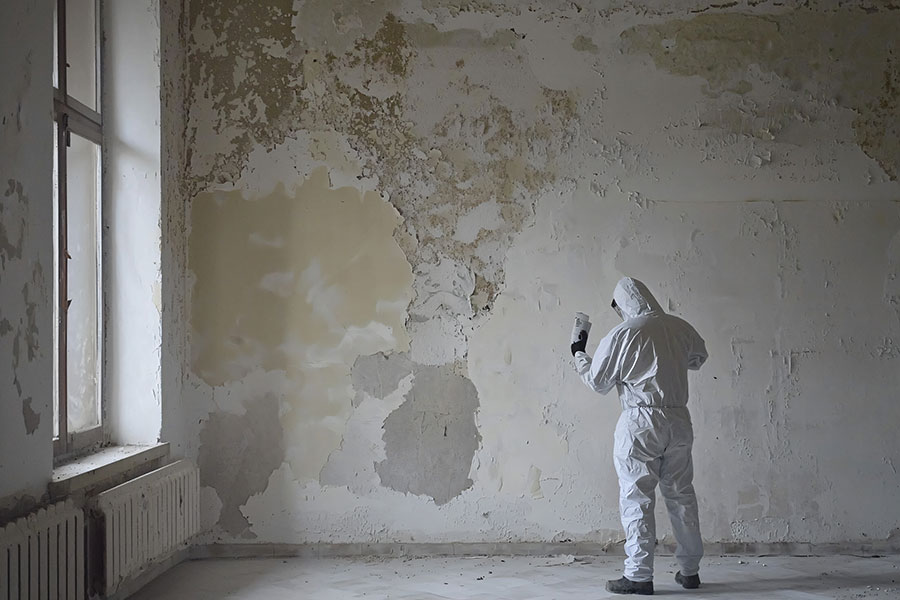San Diego Asbestos Regulations
There are four major asbestos regulations that impact residential and commercial renovation projects in California that can be summarized as follows:
- You cannot remove or disturb any quantity of asbestos containing material (ACM), unless you’re an asbestos abatement contractor,
- There is no cut-off date where asbestos can no longer be found in building materials,
- Asbestos inspections are required in all non-residential renovation/demolition projects prior to disturbance and regardless of construction date,
- Licensed contractors are allowed to collect up to 12 asbestos samples, but the contractor must have an AHERA building inspector certification and the project must be residential
The History of Asbestos in San Diego
The United States Federal Government has categorized asbestos as a carcinogen. Due to its harmful nature, it is critical to remove asbestos from homes and buildings to protect public health.
Asbestos removal regulations provide guidelines so asbestos can be safely removed.
Asbestos has been used in a variety of building materials throughout the 20th century. After the highly toxic nature and health risks associated with asbestos were brought to light in the 1970s, its use was restricted and eventually banned altogether. Although it is no longer used in building materials, many older structures in San Diego still contain asbestos. Most commonly, asbestos is found in ceiling insulation, but can also be found in dry wall joint patching compounds, insulation for stoves and pipes, floor tiles, furnaces and ducts, and roofing materials.
Finding Asbestos Testing in San Diego
Detecting asbestos fibers is usually impossible by visual inspection and according to California asbestos regulations, licensed professionals are the only ones allowed to detect and report on the presence of asbestos. Technicians will submit their findings to labs for further testing, to determine the type and concentration of asbestos, and whether the presence of asbestos in the building is dangerous.
If lab technicians determine a home or building to be at risk due to the presence of asbestos, homeowners have three options:
1. Continue to live in the dangerous environment,
2. Use sealants to contain the asbestos fibers, or
3. Hire a professional to remove the asbestos
In dangerous conditions, professional asbestos removal is always the best option, followed by sealants. The second-best option is sealants, however, sealants do not always provide adequate protection from asbestos exposure during renovation or demolition projects. Finally, doing nothing and continuing to live in a dangerous environment is by far the worst choice.
If you believe harmful asbestos is present in your home or building, you should contact a professional and experienced asbestos abatement professional, like the qualified technicians at Rarefied Air Environmental. Only an asbestos professional can determine whether the presence of asbestos poses health risks and requires removal.
Contact us today for a quote!

